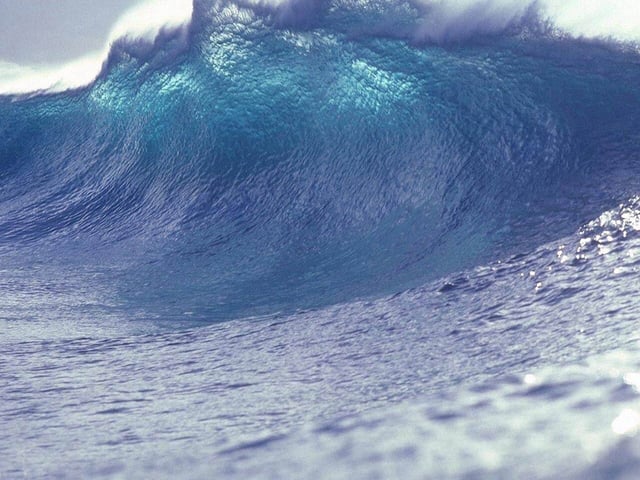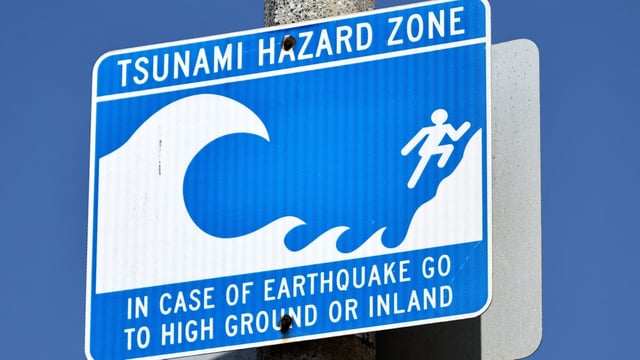Overview
- Tsunami waves reached over 3 m in Russia’s northern Kuril Islands and 1.22 m in Crescent City, California, but posed minimal threat elsewhere across the Pacific.
- Finite fault analyses reveal up to 10 m of lateral slip on an 18° plane produced about 3 m of vertical uplift, much of which was absorbed by rock layers at depths beyond 20 km.
- Dozens of aftershocks, some measuring up to magnitude 6.0, have been recorded, prompting USGS and Russian agencies to maintain heightened seismic monitoring.
- Evacuation orders drew more than 2 million residents to higher ground under alerts from NOAA’s Tsunami Warning Center and Geophysical Service of the Russian Academy of Sciences.
- Experts say this event underscores that rupture depth and coastal geomorphology, not just earthquake magnitude, determine tsunami impact and validate recent investments in early warning networks.



